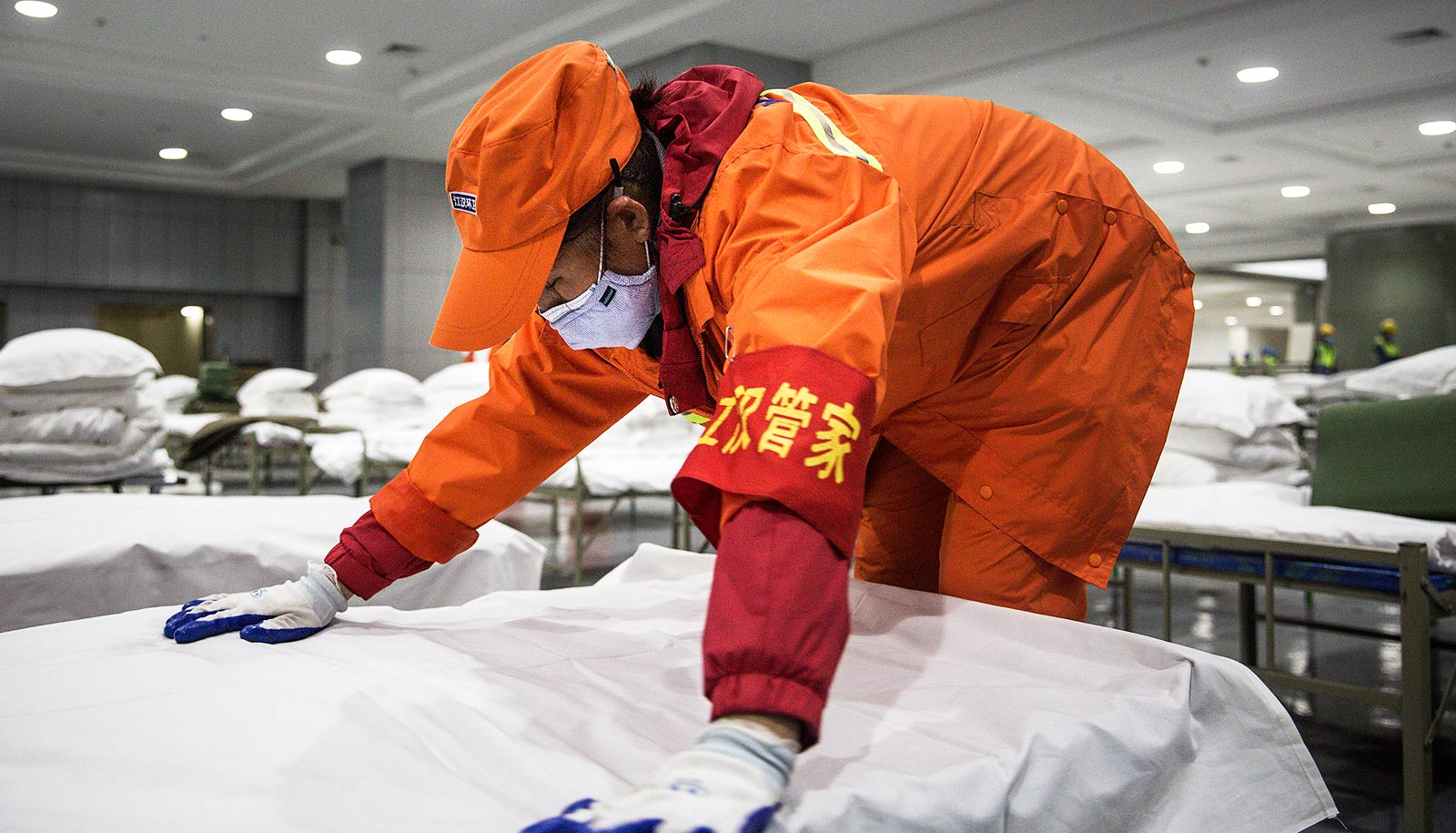A new interactive map for the novel coronavirus outbreak aims to answer two questions in real time: Where and how many people have gotten sick?
Geographer Bo Zhao produced the interactive map of the coronavirus, which updates every few hours with data from the Centers for Disease Control and Prevention, the World Health Organization, the People’s Republic of China, and other government agencies, including those in Hong Kong, Macau, and Taiwan.
By zooming in on various countries—such as China—users can see the numbers of cases, recoveries, and deaths, as well as trends over time.
“Mapping is a powerful tool to tell social, cultural, and political phenomena,” says Zhao, an assistant professor of geography at the University of Washington who specializes in the social implications of maps and using innovative methods in mapping. “As a geographer, and in what people call the ‘post-truth era,’ it’s important to weigh in with data sources to show people how things are happening.”
The outbreak of the coronavirus, which is believed to have originated in Wuhan, China in December, has been declared a public health emergency by the WHO. Tens of thousands have been infected, and more than 1,000 have died.
Zhao recently produced an online atlas to illustrate the global refugee experience. The coronavirus, he says, is another societal issue that people can gain perspective on by seeing it on a map.
While the Chinese government has been criticized for its response to the crisis, and concerns have arisen about its transparency, Zhao says China’s National Health Commission data is the most accurate available for the country.
But the outbreak is not just affecting China or the city of Wuhan, he adds. It is a global issue, and that’s the perspective users can gain from the map. The numbers on display are important, too, he says, because there are more recoveries than deaths.
“That can give people encouragement,” he says.
As more detailed data become available, Zhao plans to add county-level totals from China, and state and provincial totals from the United States and Canada, respectively.
Source: University of Washington



